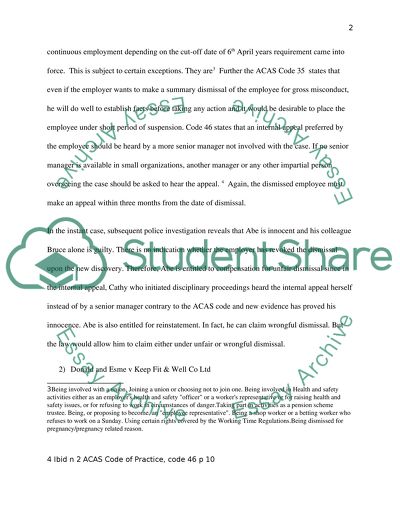Cite this document
(Legal Implications of Employment Termination Case Study - 3, n.d.)
Legal Implications of Employment Termination Case Study - 3. Retrieved from https://studentshare.org/law/1630656-employment-law
Legal Implications of Employment Termination Case Study - 3. Retrieved from https://studentshare.org/law/1630656-employment-law
(Legal Implications of Employment Termination Case Study - 3)
Legal Implications of Employment Termination Case Study - 3. https://studentshare.org/law/1630656-employment-law.
Legal Implications of Employment Termination Case Study - 3. https://studentshare.org/law/1630656-employment-law.
“Legal Implications of Employment Termination Case Study - 3”, n.d. https://studentshare.org/law/1630656-employment-law.


